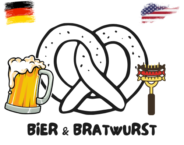
Introduction: The Ultimate Game Face-Off
Alright folks, gather ’round! It’s time for the ultimate face-off that will put your board game nights to shame—minus the sibling rivalry and someone flipping the table. Today, I’m throwing two legends into the ring: the German board game champions of 1996 and 1998. That’s right, it’s “El Grande” versus “Elfenland.” Consider this the board game equivalent of Rocky versus, well, another Rocky.
First off, let me just say, I’ve played both of these games so much that the pieces practically have restraining orders against me. But I digress. Whether you’re a board game newbie or a seasoned veteran who can recite game rules in your sleep, this showdown has something for everyone.
Let’s start with “El Grande” from 1996. Imagine a game so intense that even your poker-faced friend who never flinches during Monopoly might break a sweat. This game redefined area control and probably made a few friendships teeter on the edge. Ever had a game night where you thought, “I didn’t come here to think this hard”? Yeah, that’s “El Grande” for you. It’s complex, but in that “I-just-solved-a-Rubik’s-cube” kind of way.
On the flip side, we have “Elfenland” from 1998, the board game equivalent of a day at Disneyland. With its easy-to-grasp rules and fantasy theme, it’s like your go-to comfort food that never disappoints. It’s the game you bring out when you want to have fun, not a mental breakdown. Think of it as the friend who always knows how to lighten the mood—like showing up with a pizza and a bad dad joke.
Speaking of dad jokes, what do you call a board game about elves that’s easy to learn? A real elf-taught (self-taught) experience! See what I did there?
Now, brace yourselves for an analysis filled with more ups and downs than a rollercoaster. We’re about to dive into what makes these games the legends they are, complete with a sprinkle of sarcasm and a dash of irreverence. So, grab your favorite snack and let’s get this cardboard carnival started!
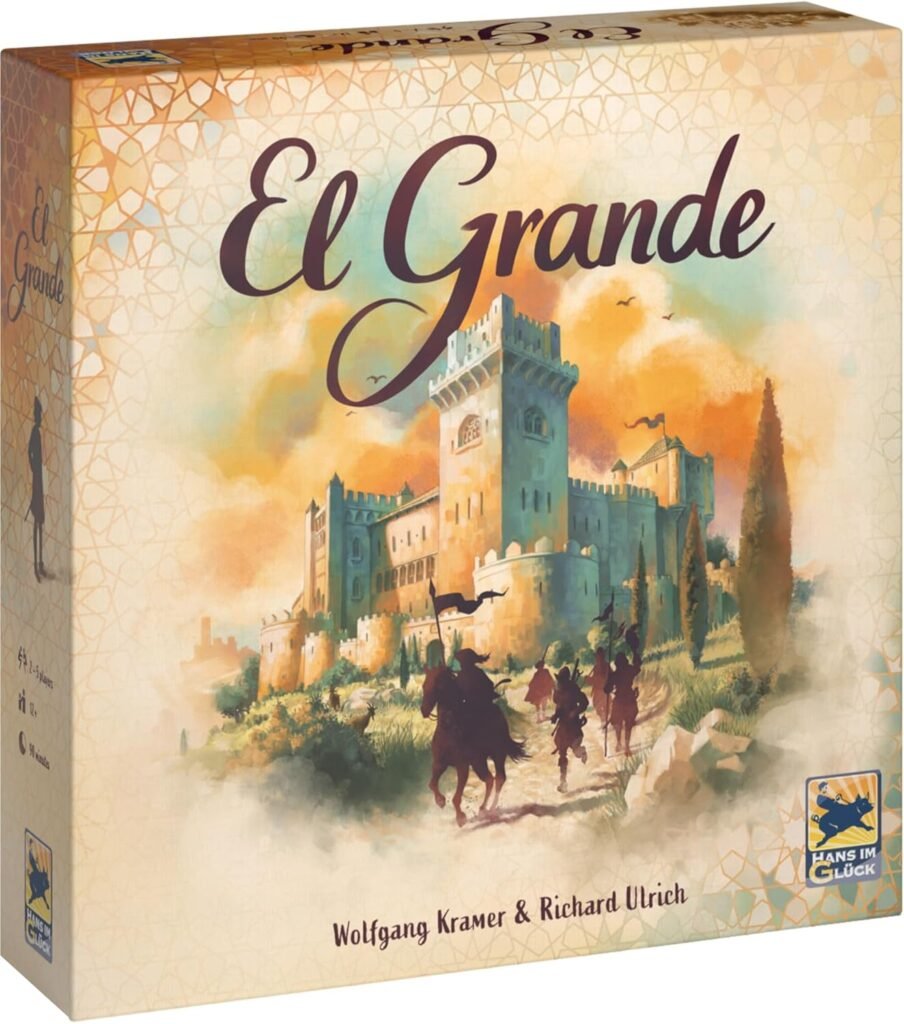
1996 Champion: The Ups and Downs
Ah, 1996. The year when “El Grande” burst onto the scene like the Kool-Aid Man through a brick wall. This game didn’t just bring area control to the table; it practically smacked it down like a royal decree. Remember those high school history classes that put you to sleep? “El Grande” is the interactive, strategic version of that, but with less snoring and more scheming.
Let’s be real here, folks: “El Grande” is about as straightforward as assembling IKEA furniture with instructions in Swedish. The depth and complexity are both a blessing and a curse. It’s like inviting Sherlock Holmes to a poker game—you’ll be impressed by the intellect, but good luck keeping up! If thinking three moves ahead sounds like your idea of fun, then welcome to your new obsession. But if you’re just here for a casual game night, this might feel like taking a calculus exam for fun.
But hey, it’s not all brain strain and brow furrowing. The intrigue and plotting give “El Grande” a unique thrill. There’s something deeply satisfying about outmaneuvering your friends and snatching victory from the jaws of defeat. Unless, of course, you’re on the losing end. Then it’s more like watching your ice cream fall off the cone in slow motion.
Now, let’s talk setup time. Ever felt like you aged a year just setting up a game? Yep, “El Grande” has that effect. By the time you’re ready to play, you might need a coffee break. But once the game’s in full swing, the setup woes are quickly forgotten—as long as nobody accidentally bumps the table and sends pieces flying. Why did the scarecrow win an award? Because he was outstanding in his field! If only setting up “El Grande” was as easy as telling that joke.
So, if you’re up for the challenge and ready to dive into the complexities, “El Grande” might just be your new best friend. Just remember to bring your thinking cap and maybe a snack—you might be here a while!
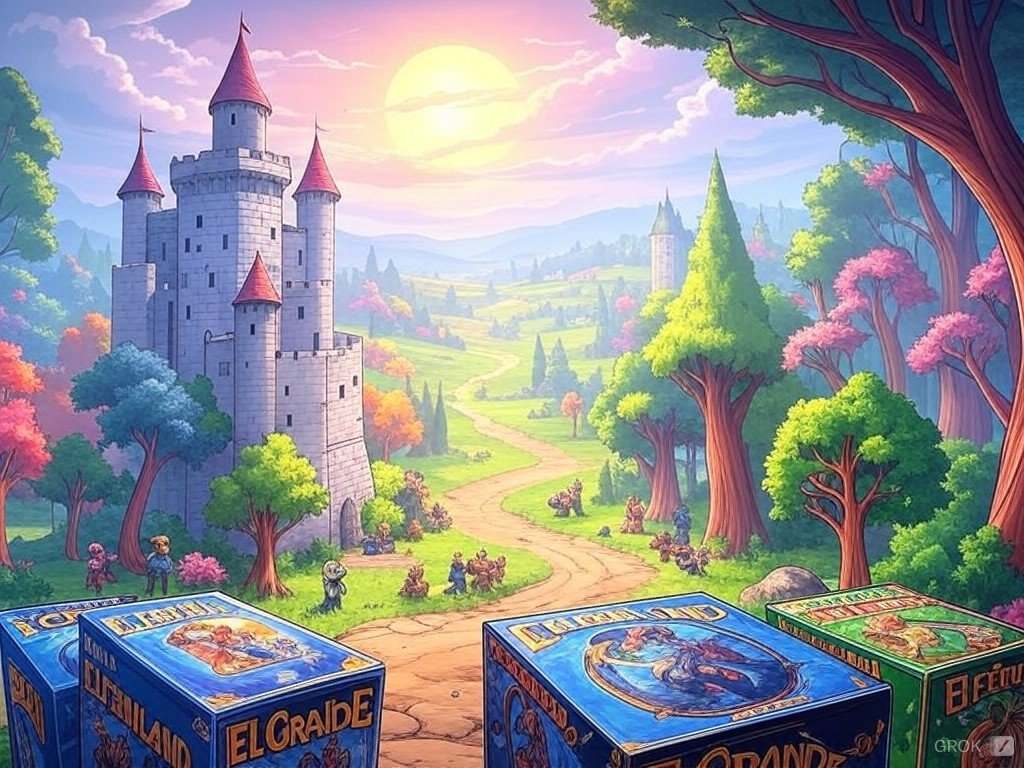
1998 Victor: The Highlights and Shortcomings
Ah, 1998—when “Elfenland” sashayed onto the scene, offering a refreshing, breezy break from the strategic workout that “El Grande” demanded. Imagine “Elfenland” as that friend who invites you to a laid-back picnic after you’ve just climbed Mount Everest. It’s all about ease and enjoyment, like the board game equivalent of a cold lemonade on a hot day.
“Elfenland” excels in keeping things simple without being boring. The rules are so easy to grasp that even my friend’s goldfish could probably figure it out—although I wouldn’t recommend letting your pets play, unless you’re okay with a bit of extra cleaning. This game is perfect for those evenings when you want to kick back, relax, and not have to strategize your way out of a paper bag.
But let’s be honest, simplicity has its drawbacks. Some gamers might feel that “Elfenland” lacks the depth and strategic layers that make “El Grande” a mental marathon. It’s kind of like comparing a kiddie pool to an Olympic diving well. While “Elfenland” offers plenty of fun, it doesn’t provide that “I-just-conquered-the-world” feeling you get after a game of “El Grande.”
Then there’s the aesthetic appeal. While the fantasy theme of “Elfenland” is charming, the components might not win any beauty contests. I mean, let’s face it, folks—my last arts and crafts project looked more polished. But hey, it’s not about looks; it’s about personality, right? And “Elfenland” has personality in spades.
Replayability is another area where “Elfenland” shines. You could play it every game night for a month, and it would still feel fresh. Plus, it’s so accessible that you can rope in just about anyone, from your hardcore gaming buddy to your grandma who thinks “Candyland” is the pinnacle of board games.
And now for a quick dad joke: Why did the elf refuse to share his board game? Because he didn’t want to elf-splain the rules again! Alright, maybe it’s time I retire that one.
So, while it might not satisfy the craving for deep strategy, “Elfenland” is perfect for those nights when fun is the main goal and nobody wants a brain workout.
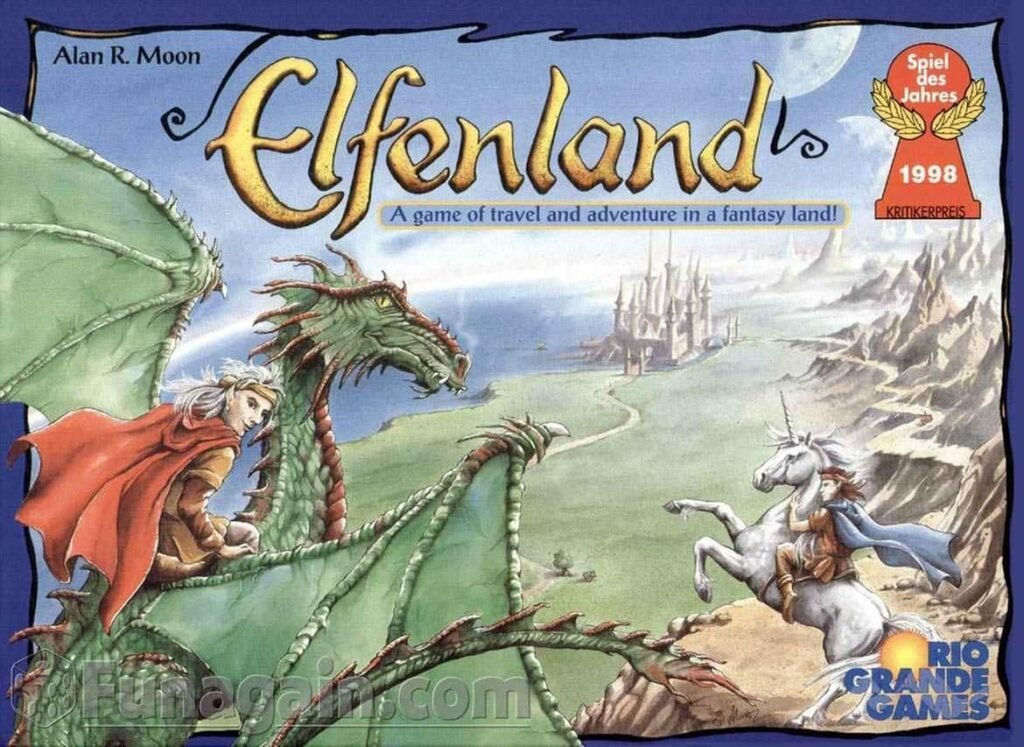
Face-to-Face: Important Categories
Alright, let’s cut to the chase. When it comes to strategy, “El Grande” is like the brainy kid in school who always aces the math test. This game demands tactical brilliance and enough foresight to make Nostradamus jealous. On the other hand, “Elfenland” is more like your laid-back buddy who brings snacks to study sessions but ends up eating most of them. It’s all about easy-going fun, perfect for when you just want to roll some dice and have a good laugh.
Theme-wise, “El Grande” immerses you in the political machinations of medieval Spain. It’s as if someone took your dusty history book and injected it with a hefty dose of adrenaline. Meanwhile, “Elfenland” whisks you away to a whimsical fantasy world where you can travel by dragon, unicorn, or even a giant pig. Yeah, you read that right—giant pig. It’s like a road trip through Middle-earth but with fewer orcs and more whimsy.
Now, let’s talk group sizes. “El Grande” shines in small, tight-knit groups where everyone’s ready to channel their inner Machiavelli. It’s perfect for those nights when you and your pals want to out-scheme each other. “Elfenland,” however, is the social butterfly of German board games. It accommodates larger crowds, making it ideal for family gatherings or parties where everyone’s already arguing over who gets the last slice of pizza.
Speaking of which, why don’t board games ever win arguments? Because they always end up in a draw!
In terms of setup, “El Grande” feels like you’re assembling a spaceship—it’s intricate and time-consuming. You might even need a snack break halfway through just to keep your energy up. “Elfenland” is a breeze to set up, so you can get straight to the fun without needing a PhD in gameology.
The Spiel des Jahres judges consider several factors: originality, playability, rule clarity, and design quality. the originality and playability of the game concept, the clearness and comprehensibility of the rule structure, and the functionality and workmanship of the design.
So, whether you’re a strategy aficionado or a casual player, both games have something to offer.
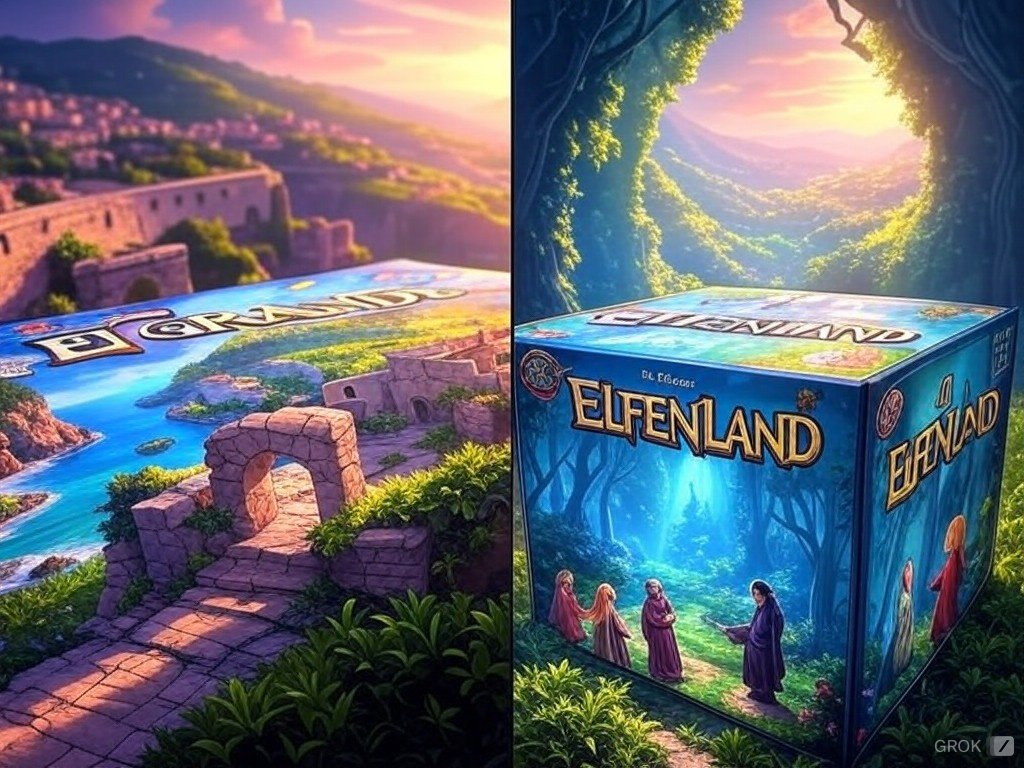
My Personal Journey: Dad Joke Version
Ah, the memories! The first time I dived into “El Grande,” I thought, “This is more nerve-wracking than trying to explain taxes to a toddler.” It was intense, strategic, and had more plot twists than a soap opera. At one point, my dog tried to swipe one of the pieces—clearly, even he wanted in on the action. After a few rounds, I started feeling like a medieval mastermind, plotting and scheming like I was auditioning for “Game of Thrones.” Except, you know, with fewer dragons and more cardboard.
Then came “Elfenland.” Oh boy, what a shift in gears! Picture this: I go from medieval Spain to a whimsical land of elves and unicorns. It was like trading my suit and tie for a Hawaiian shirt and flip-flops. The game was so relaxing, I half-expected it to come with a piña colada. And speaking of fantasy, why did the elf take a nap? To get his rest-elves (rest selves) together!
Playing “Elfenland” felt like going on a mini-vacation without having to deal with airport security. We laughed at each other’s travel mishaps, and the only stress was deciding whether to ride a dragon or a giant pig. I mean, who knew pigs could fly, right? The game even inspired my cat to take a nap on the board, as if he too was transported to a land of endless adventure.
It’s incredible how these two games evoke such different vibes. With “El Grande,” my brain was in overdrive, calculating every move like a chess grandmaster. But with “Elfenland,” it was all about the joy of the journey. It reminded me of the time my grandma asked if I wanted to play a game of cards and then proceeded to absolutely crush me in poker—fun and surprising, all at once.
And let’s not forget the ultimate dad joke: Why did the elf stay at home? Because there was gnome place like it! Okay, maybe that’s more of a gnome joke, but you get the drift.
These games are a wild ride, whether you’re plotting in medieval Spain or cruising through fantasy land.

The Champion Is…
Drumroll, please! So, after all the brain-bending strategies and fantasy road trips, it’s time to crown a champion. Now, don’t get me wrong—”El Grande” is like the Einstein of board games. It challenges you, makes you think, and probably turns you into a low-key Machiavelli. But let’s be real, folks, how many of us want to feel like we’re taking the SATs on a Friday night?
Enter “Elfenland,” the game equivalent of a cozy, relaxing day off. It’s accessible, fun, and doesn’t make you question your life choices. It’s the perfect game for when you just want to enjoy yourself without needing to hire a life coach to navigate the rules. I mean, who wouldn’t want to ride a giant pig through a fantasy land? It’s like your favorite comfort food but in game form.
And let’s talk about replayability. With “Elfenland,” you can play it over and over, and it never feels like you’re stuck in a rerun of a TV show. Plus, it’s so easy to get everyone involved—from your hardcore gamer friend to your aunt who still calls it “the Nintendo.” Just set it up and let the good times roll, literally.
Why did the elf play “Elfenland” again? Because he couldn’t resist the trip-pig-ation (anticipation)! Okay, maybe that one was a stretch, but you get the idea.
And what about group size? “El Grande” is great for smaller, serious groups, but “Elfenland” is like the extrovert of board games. It can handle a crowd, making it perfect for those chaotic family gatherings where everyone’s already arguing about who gets the last slice of pie.
So there you have it. While “El Grande” offers a mental workout worthy of a chess tournament, “Elfenland” wins my heart for its sheer fun and accessibility. It’s the game night MVP, ready to bring joy to any gathering. And on that note, why don’t board games ever get lost? Because they always have a board to follow!
